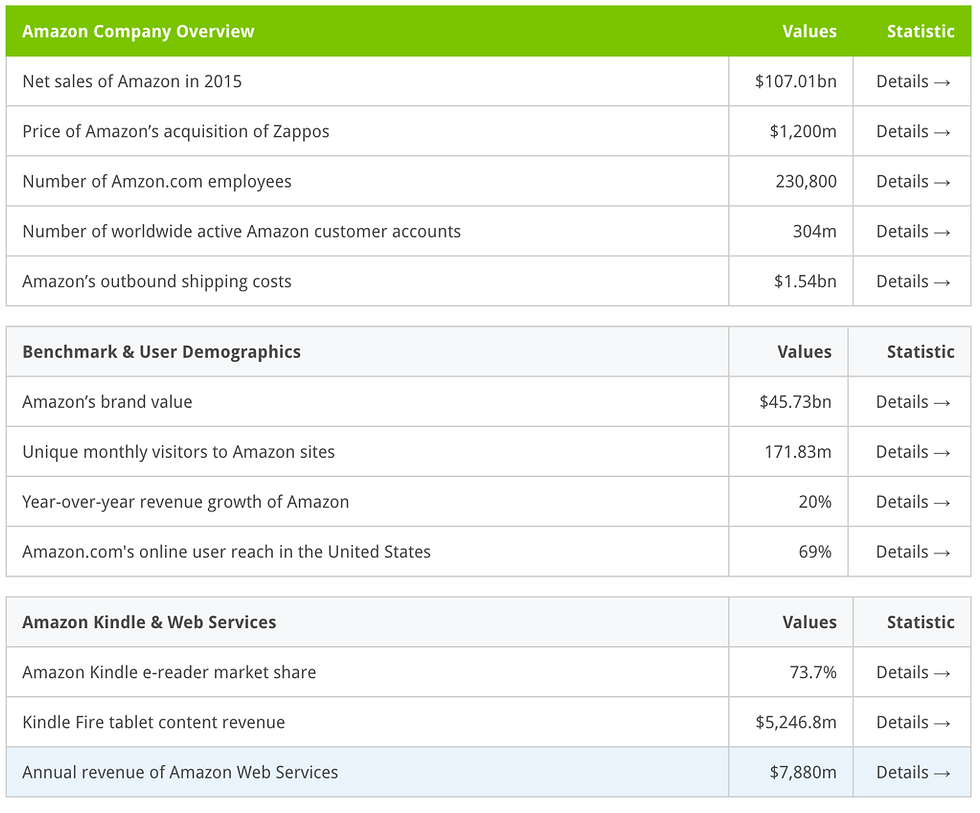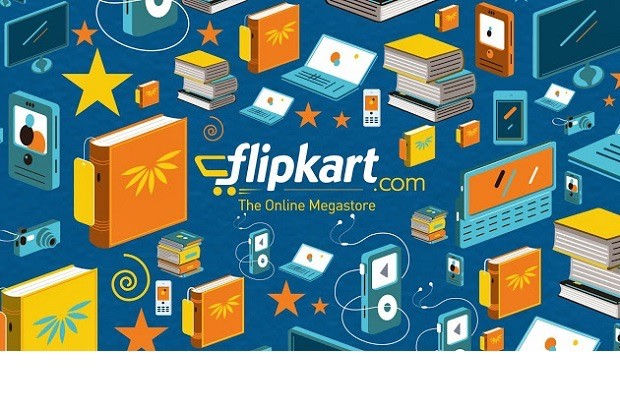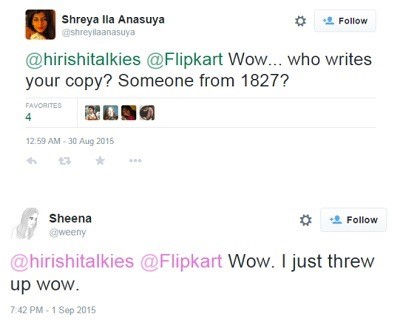Structure - What already existed in the market? (Case Study)
- Bobo Law
- Mar 9, 2016
- 5 min read
E-commerce statistics confirm the explosive pace at which this industry has developed asworldwide B2C e-commerce sales amounted to more than 1.2 trillion US dollars in 2013.
There are several different types of e-commerce, the most prevalent being B2B (business-to-business), B2C (business-to-consumer) and C2C (consumer-to-consumer) e-commerce. Furthermore, mobile commerce in the shape of buying and selling goods and content via mobile devices such as smartphones is also on the rise.
Current e-commerce statistics state that 40 percent of worldwide internet users have bought products or goods online via desktop, mobile, tablet or other online devices. This amounts to more than 1 billion online buyers and is projected to continuously grow.
According to popular e-commerce market data, US-founded Amazon is one of the leading e-commerce platforms worldwide. Asian competitors such as Rakuten or Alibaba are also constantly expanding their share within the B2C e-commerce market. Online auction website eBay is the most popular example for C2C e-commerce whilst also providing a platform for merchants to sell their goods.
Mobile commerce growth is another exciting trend to watch in terms of e-commerce statistics, considering the popularity and widespread use of smartphones and growing usage of tablets. In 2013, US mobile commerce revenueamounted to more than 38 billion US dollars. This type of e-commerce includes mobile media and content, retail services, travel purchases and various other services.
Digital payments are also closely connected to e-commerce. Alternative payment methods such as digital wallets or online payment providers have seen increased adoption rates and rapid growth in the past few years. Ebay-owned PayPal is one of the current market leaders with more than 14 billion US dollars in mobile payment volume alone. Digital payments are not only convenient for the mobile shopping experience but also for the increasingly available paid digital content like streaming music, online video subscriptions and apps. For example, global mobile app revenues are projected to surpass 30 billion US dollars in the coming year.

E-commerce (2016) Statistics and facts about Amazon Amazon.com is an international e-commerce company offering online retail, computing services, consumer electronics, digital content as well as other local services such as daily deals and groceries. According to recent industry figures, Amazon is the leading e-retailer in the United States with more than 107 billion U.S. dollars in 2015 net sales. The majority of the company’s revenues are generated through the sale of electronics and other products, followed by media and other activities. As of the fourth quarter of 2015, the e-retailer reported more than 304 million active customer accounts worldwide. Due to Amazon’s global scope and reach, it is also considered one of the most valuable brands worldwide.
The online retailer does not only lead in terms of desktop retailing but has also taken to mobile commerce. As of January 2014, Amazon had more than 14 million mobile-only visitors aged 25 to 34 in the United States. Recent data also indicates that the e-retailer also leads the global rankings regarding mobile conversion rate as 7 percent of mobile visits result in a sale on the website.
Amazon also offers Amazon Prime, an annually paid membership offering free two-day shipping in the United States as well as discounted one-day shipping rates, which current users regard as the key reason for subscribing to the service. Amazon Prime has since opened to other countries and has also expanded to offer instant streaming of selected movies and television shows through Amazon Instant Video and music. The average online expenditure of Amazon Prime members in the United States amounts to 58 U.S. dollars per transaction, compared to 41 U.S. dollars of a non-Prime member.
The company also offers its own line of personal electronics, most importantly the Kindle electronics range. Originally offered as a basic e-reader, the Kindle has strongly influenced e-book sales. The current Kindle Fire tablet range has transformed into a line of devices that also enable the consumption of media within the Amazon ecosystem. According to a survey of Prime households, Amazon Prime Video was the most popular value-added digital service, followed by music and e-book rentals.
Reference in order for this page
E-commerce (2016) At: http://www.statista.com/markets/413/e-commerce/ (Accessed on March 15th 2016)
Fig. 1 (2015) Amazon Company Overview (Table) At: http://www.statista.com/topics/846/amazon/ (Accessed on March 21st 2016)
Gaming Case Study: Coke Zero targets teenagers in Denmark via Facebook Gaming case study: Coke Zero targets teenagers in Denmark via Facebook oca-Cola Zero in Denmark used gamification to get 35,000 teenagers to solve a puzzle and claim their free Coke Zero.
Case study summary
• Coca Cola Zero increased engagement amongst teenagers via gamification
• The game which sat within a Facebook timeline was played more than 90,000 times
Challenge
Coca Cola Zero wanted to remind teenagers in Denmark of the great taste of the popular drink. Instead of simply giving away free samples, Coca Cola Zero got teenagers to solve a puzzle and go to the nearest 7Elevn for their free sample. Driving engagement through gamification for teenagers.
Solution
Coca Cola zero created an online game with a voucher for a free Coke Zero as the reward. The game was served in a Facebook ad in teenagers news feeds. Coke Zero decided to use the Facebook newsfeed as a location for the ad as it has 84% penetration amongst the target audience. Adding the game to the Facebook ad on the newsfeed removed barriers and extra clicks to landing pages. To ensure that only teenagers received the ad, the game was dark posted on Facebook, meaning that only teenagers were targeted and saw the ad. Once teenagers successfully completed the game, they were asked to provide their mobile phone number to receive a voucher for a free Coke Zero which they could redeem at any 7Eleven in the country.
Results:
• High engagement with 90,000+players
• 80% of players gave their phone number
• 35,000 teenagers claimed their free Coke Zero from 7Eleven (more than 10% of all teens in Denmark
http://www.digitaltrainingacademy.com/casestudies/2016/03/gaming_case_study_coke_zero_targets_teenagers_in_denmark_via_facebook.php
Marketing fail: Flipkart 'sexist' customer emails go viral on Twitter
In August 2015, Flipkart was forced to apologise for sending a sexist promotional email after a customer took to Twitter to criticise India's largest online retailer. This case study looks at the fall out from the marketing blunder, and why brands should think before they click 'send'.

Case study summary:
• Indian retailer sends mass email claiming 'beauty breeds success' for women
• Email is posted on Twitter and goes viral-provoking outrage and negative media coverage
• Company forced to make quick apology with deep review of content strategy
Following a mass mailing by Flipkart to targeted female customers, Twitter user Richa Kaul Padte posted a screenshot of the email that cited "research" to market women's fashion products.
Thanks for this piece of sexist shit email @Flipkart pic.twitter.com/EHdI5PefcF
— Richa Kaul Padte (@hirishitalkies) August 29, 2015

This is the text of the email it sent to potential customers:
“Research shows that beautiful women are more successful in their lives. This is because when women improve their appearances, they get noticed, listened to and eventually respected for their opinion. Such women not only become confident but also remain motivated to perform even better in life.”
The tone of the text, implying women can only be succesful of they are beautiful, provoked poutrage on Twitter.
Here's an example of some of the reponses:
Flipkart replied to the tweet saying it does not endorse the content of the email and will investigate and take action. Punit Soni, Flipkart's chief product officer, admitted that this was a big faux-pas and and apologised on the company's behalf.

"Unconditional apologies. We do not endorse the insensitive remarks in the email. This is a big fail, will not happen again," tweeted Soni.
He also said that the company was kicking off a deep review to see what happened and will fix things.
However, this isn't the first instance of glaring sexism that Flipkart has resorted to, as has been pointed out by certain users on social media:

http://www.digitaltrainingacademy.com/casestudies/2015/09/marketing_fail_flipkart_sexist_customer_emails_go_viral_of_twitter_1.php


Comments